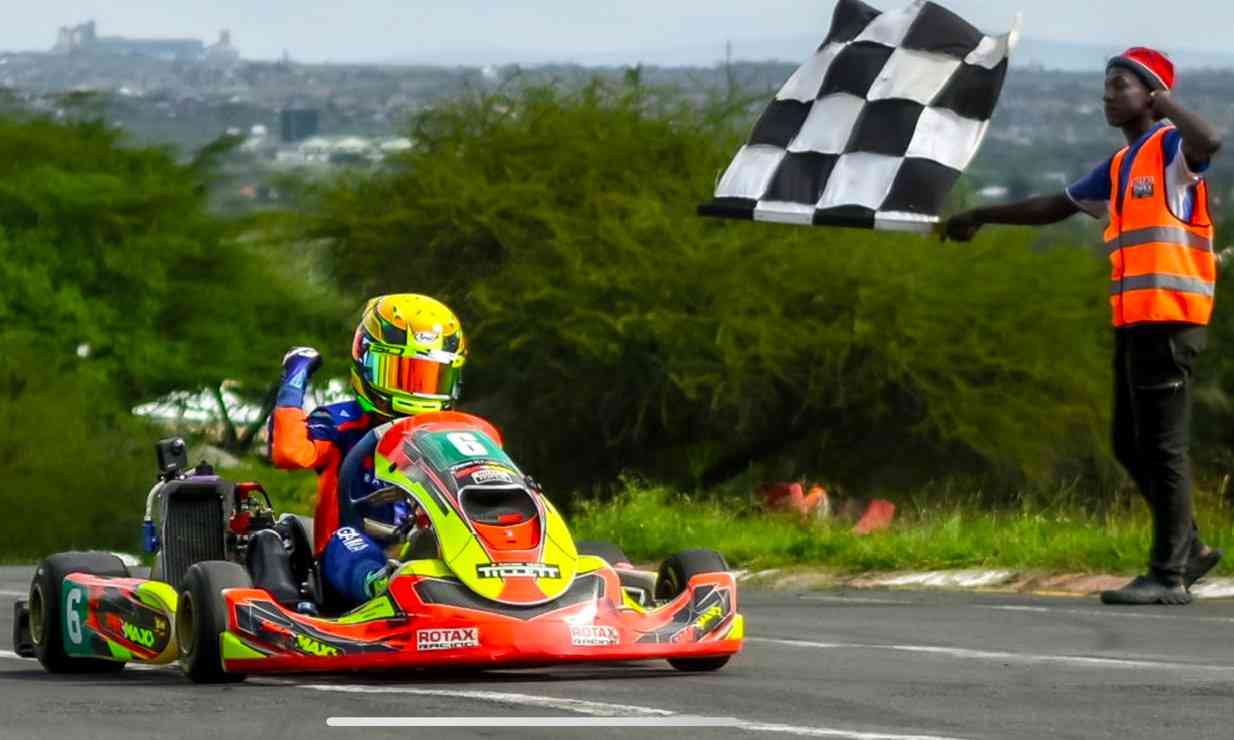By JEVANS NYABIAGE
KENYA: Access to cheap quality Internet remains a pipe-dream for many low-income earners in Kenya. This is even with the going live of the four undersea cables.
The latest Alliance for Affordable Internet (A4AI) report warns that affordable Internet remains unattainable for the two billion people living on $2 (Sh172) per day in developing countries.
In the report, A4AI indexes 46 emerging and developing countries. This weighs in on communication infrastructure and Internet access and affordability.
Of the 46 countries, Kenya is ranked 18th most affordable country for Internet access and fifth in Africa.
It lags behind Mauritius, Morocco, South Africa and Botswana. “In just two years, the UN Broadband Commission target is for everyone, everywhere to be able to access broadband Internet at a cost of less than five per cent of their monthly income,” said Bitange Ndemo, A4AI honorary chairperson and former Permanent Secretary, Ministry of Information and Communications.
“Our data shows there is a long way to go before this goal is reached, particularly for the world’s poorest people.” The report says the cost of Internet across the countries studied on average exceed 40 per cent of income for those living on $2 (Sh172) daily.
Low-income bracket
As a result, billions of people cannot afford to get online, entrenching the digital divide and constraining economic and social progress. In many countries, the cost of Internet exceeds 80 to 100 per cent of income for the lowest income bracket.
This is far above the United Nations Broadband Commission’s target. The UN body’s entry-level broadband access for all is at no more than five per cent of daily income.
In Kenya, the arrival of the cables was anticipated to cut the cost of bandwidth in the country. First was Seacom in June 2009, the East African Marine Systems (Teams) shortly thereafter and EASSY in early 2010 and Lower Indian Ocean Network (LION2) cable, which Telkom Kenya’s parent firm Orange owns a stake.
Though the entry of cables was praised as the panacea for cheap and fast Internet for consumers, this dream is however not feasible, many years later.
However, the Affordability Index shows that a number of countries in Africa have made strides to cut the cost of Internet. Morocco tops the table. Kenya, Nigeria and Uganda also rank in the top five developing countries. A4AI is a global coalition of more than 40 members, whose global sponsors are Google, Omidyar Network, the UK Department for International Development and USaid.
The study outcomes unveiled in Cape Town last Sunday show that digital divide hampers social and economic progress.
Among the top five countries in the emerging markets category were Malaysia, Mauritius, Brazil, Peru and Colombia.
Stay informed. Subscribe to our newsletter
Top five in the developing countries category included, Morocco, Indonesia, Kenya, Nigeria and Uganda. The report mainly focused on people living on less than $2 a day in the 46 countries studied.
Sonia Jorge, executive director of A4AI said within the findings, there are beacons of hope. “Countries such as Malaysia, Brazil or Morocco, which top our Affordability Index, show how rapid progress can be made when innovative technologies are twinned with an enabling policy and regulatory environment which stimulates supply as well as demand,” Jorge said.
Mali, Ethiopia, Zimbabwe and Malawi feature at the bottom of the table. The study points to lack of market competition, lack of infrastructure expansion and barriers to investment as some key factors to access to internet in many countries.
Dr Ndemo said the investments that Kenya has made in both undersea cable and the terrestrial fibre optic are paying off, but to a lower rate. However, most players are not passing benefits to consumers.
Stimulate demand
“The delays in building the last mile infrastructure continue to hamper our progress. We have also failed to stimulate the demand side through aggressive local content development,” Dr Ndemo, said.
In Kenya, four years later since the country saw the landing of the cables, only less than three per cent of Kenyans can afford ‘good’ or what is known as broadband quality Internet.
The cables were hyped to change the way of doing business but the expectations built amongst Kenyans looking for faster speeds, more bandwidth and cheaper connectivity, are now fast fading. Although the entry of the cables saw a near 90 per cent drop in connectivity costs for big players or wholesale packages — citizens are yet to enjoy the benefits.
The Internet Service Providers who buy bandwidth in bulk from broadband sellers such as Seacom, Teams and Eassy and repackage to sell to consumers, still charge highly. They are yet to pass the benefits of cheap Internet to the retailers.
The wholesale prices on international fibre optic cables have come down to $400 9Sh34,800) for a megabyte from $3,500 (Sh30,200) per month previously charged by satellite service providers since undersea fibre connections. But still, $400 is way expensive for many Kenyans.
 The Standard Group Plc is a
multi-media organization with investments in media platforms spanning newspaper
print operations, television, radio broadcasting, digital and online services. The
Standard Group is recognized as a leading multi-media house in Kenya with a key
influence in matters of national and international interest.
The Standard Group Plc is a
multi-media organization with investments in media platforms spanning newspaper
print operations, television, radio broadcasting, digital and online services. The
Standard Group is recognized as a leading multi-media house in Kenya with a key
influence in matters of national and international interest.
 The Standard Group Plc is a
multi-media organization with investments in media platforms spanning newspaper
print operations, television, radio broadcasting, digital and online services. The
Standard Group is recognized as a leading multi-media house in Kenya with a key
influence in matters of national and international interest.
The Standard Group Plc is a
multi-media organization with investments in media platforms spanning newspaper
print operations, television, radio broadcasting, digital and online services. The
Standard Group is recognized as a leading multi-media house in Kenya with a key
influence in matters of national and international interest.








